Myanmar
Things to DO
Inwa
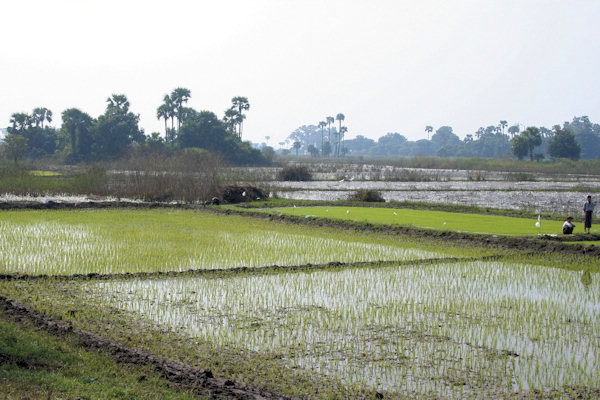 |
|||||
Cut off from roads by rivers and canals, the ancient city of Inwa served as capital of the Burmese Kingdom for nearly 400
years, longer than any other city.
The only way around the scattered sites is via horse cart - making a clockwise loop through the old gate and past a hanful of sites -
but it offers a more revealing glimpse into thatched-hut village life than the other ancient cities.
Beside the road, villagers till the soil where the royal palace once stood; others fish and bathe in inland ponds near ruined stupas.
Before 1364 Sagaing had been the capital of the central Bamar Kingdom, but after Sagaing fell to the Shan, the capital was moved
to Inwa.
In 1555 Inwa fell to Taungoo, then to the Mon in 1752.
A few years later Alaungpaya vanquished the Mon forever
and after a period with Shwebo in the north as a capital Inwa once again became the centre of the kingdom. The city finally abbandoned
as a capital, in favour of Amapura in 1841.
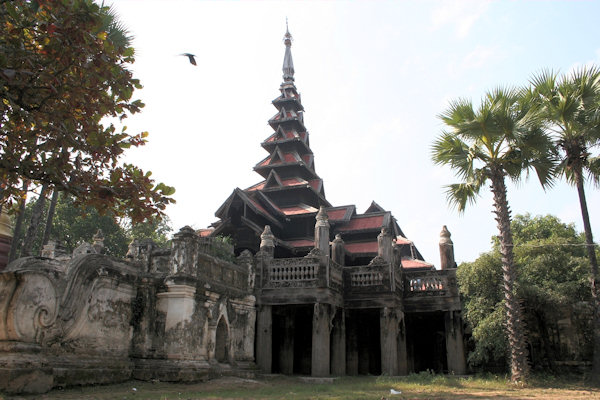 |
|||||
Bagaya Kyaung
One of Inwa's finest attractions is the happily unrenovated Bagaya Kyaung, wich was dates from 1834.
The entire monastry is built of teak and supported by 267 teak posts (the largest measures 18m height and 2.7m in circumference).
The cool and dark interior feels old and inviting and the monks are give clases to the children; which is nice to vieuw.
How long this prestine wooden structure will escape the heavy hand of renovation is not certain, but visit it while you can.
Nanmyin
The 27m-high masonry watchtower Nanmyin is all that remains of the palace built by Bagidaw
The upper portion was shattered by the 1838 earthquake and the rest has taken a precarious tilt - it's known as "leaning tower
of Inwa " that is clearly noticeable when you're climbing the steps.
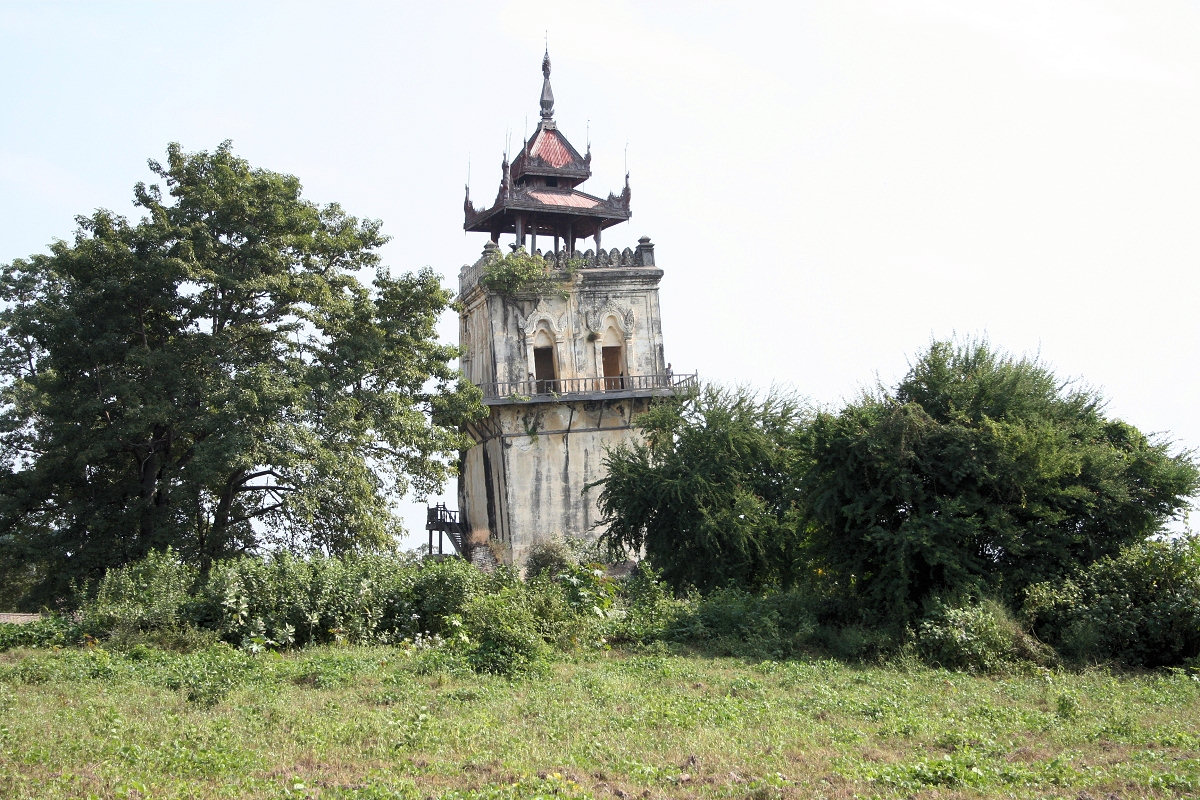 |
|||||
Maha Aungmye Bonzan
The Maha Aung Mye Bonzan Monastery is one of the finest surviving examples of 19th century Konbaung-era architecture in Myanmar.
It was In was extensively damaged in March 1839 by the series of earthquakes that struck Inwa and surrounding regions, likely
resulting in its abandonment.
Although earthquake damage in Inwa was so extensive that King Bagyidaw moved the capital north to nearby Amarapura,
the monastery wasn't completely forgotten.
In 1873 it was restored by Me Nu's daughter, Hsin-hpyu-ma-shin, assuming essentially the form that it retains today.
The monastery was designed as a brick replica of typical wooden monasteries of the age.
Sagaing
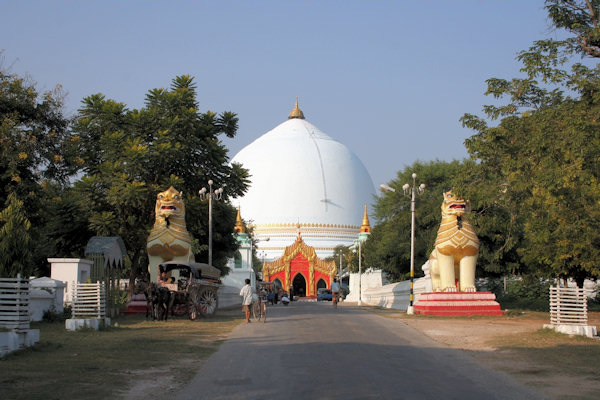 |
|||||
Home to 500 stupas, even more monasteries and nunnereis and some 6000 monks and nuns, lovely Sagaing is where Buddhists in
Myanmar go when they're stressed.
Named for the trees hanging over the river, Saigaing became capital of an independent Shan kingdom around 1315, after the fall
of Bagan had thrown central Myanmar into chaos. Its period of importance was short, for in 1364 the founders grandson
Thado Minbya hopscotched the capital to Inwa.
The best known of the Sagaing stupas, actually 10km west towards Monywa, is the Kaunghmudaw Paya.
The enormous white dome rises 46m and was modelled after the Mahaceti (Great Stupa) in Sri Lanka (although legend also says that
it represents the breast of a Myanmar queen)
The Stupa was built in 1636 to commemorate Inwa's establishment as the royal capital of Myanmar.
Amarapura
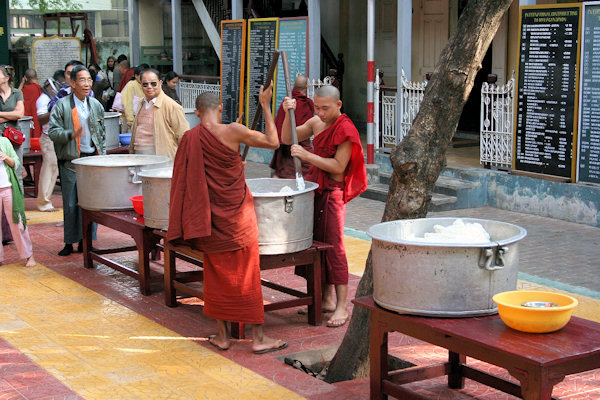 |
|||||
Amarapura biggest draw - and easily one of Mayanmar's most photographed sites - is the remarkable 1,2km-long U Bein's Bridge
leading across teh shallow Taungthana Lake.
Still strong after 200 years, the world's longest teak span sees a lot of life; fishers casting a line into the water, locals walking
their bicycles home and monks in saffron robes carying alms bowls between thh monasteries on both side.
Just west from the start of the bridge is the Maha Ganayon Kyaung, home to several thousand young monks.
It was founded in around 1914 and is renowned as a center for monastic study and strict religious discipline.
Ther is also a new and garish-looking temple - Taung Mingi Pagoda - with a gigantic seated Buddha.
Monywa
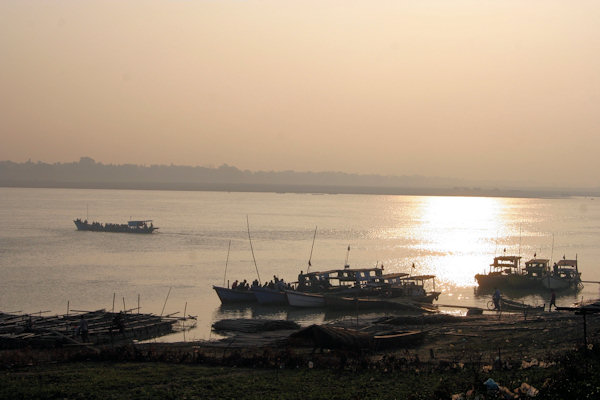 |
|||||
Set on the eastern bank of the Chindwin River, about 136 km west of Manadalay, Monywa is a scrappy trade twon of some
300.000 people.
In WWII Monywa found itself between the British and Japanese forces twice; it was flattened by bombs in 1942 and 1945.
There is a legend which says that in the old days a Myanmar king fell in love with a seller of cakes from this town and made her his
queen. The original name some say. is Mon - thema- ywa or " Village of the woman cake seller".
Monywa sees a lot of trade to and from India; particularly Agricultural products and hard-woods (including teak).
There's not much in its yard for travellers, but a few superb attractions nearby and the old market is an interesting area to
take a look.
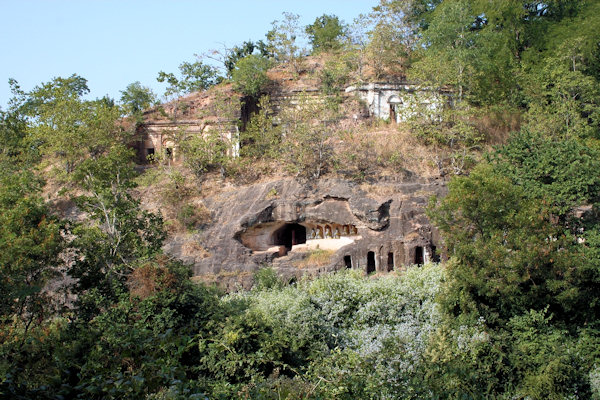 |
|||||
Hpo Win Daung Caves
Across the Chindwin River and 25 km west of Monywa Hpo Win Daung is a long mountain shaped (locals claimed convincingly)
like a reclining Buddha. It features 492 caves temples built inside the limestone cliffs.
The caves built between the 14th and 18th centuries, sprawl up and down the west side of the mountain and are packed with
2.588 Buddhas and some boldly coloured murals.
The cave chambers vary in condition. In some there are giant reclining Buddhas; others are packed with smaller Buddhas and
have streams of light shining in from holes in the walls.
Many murals are painted 3D - what's above the eye level is far, what's below is near. Sadly, relect smugglers have feasted on
some statues, but much remains intact and thankfully unrestored.
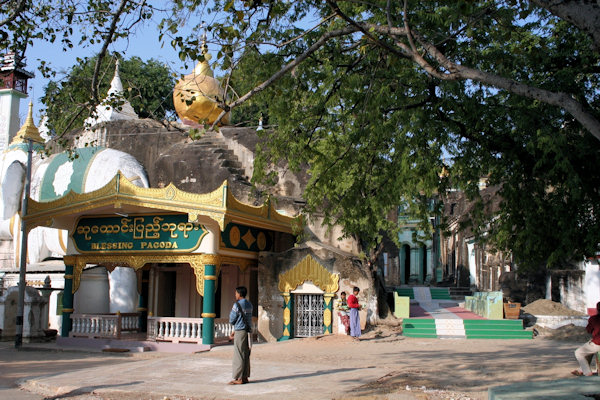 |
|||||
Shwe Ba Taung
Here, masons working in the late-19th and early 20th centuries dug straight down into a flat outcrop of rock, creating a series
passageways and staircases up to ten metres deep in the cliffside.
Shwe Ba Taung’s excavated caves are flanked by huge, ornately carved doorways, some a full six metres tall, and all painted in bright
pastel colours. What really makes them fascinating is their unusual fusion of colonial influence and native design.
Some facades, for instance, feature the coat of arms of Great Britain (it’s thought that the British had a hand in construction),
while others are decorated with clock motifs thought to have been inspired by Italian glassmakers in Mandalay. Mixed in with
these occidental elements, meanwhile, are more typically Burmese symbols: parasols, peacocks, elephants, tableaux from Buddhist
mythology – even a couple of cheroot-smoking cherubs.
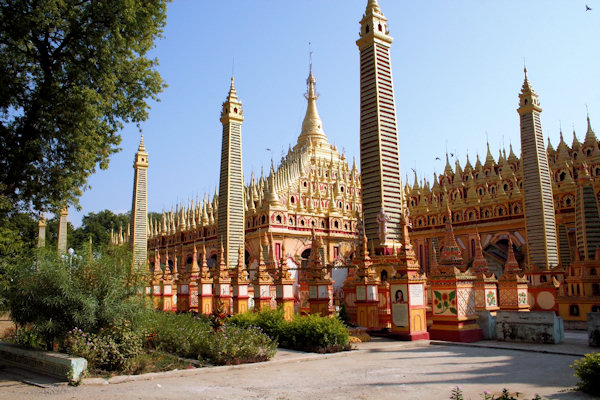 |
|||||
Thanboddhay Paya
The magnificent, carnivalesque Thanboddhay Paya bursts with pink, orange, yellow and blue spikes, and has so many Buddha images inside
nooks and crannies in halls and archways - one tally makes it 582.357 - that it feels like a Buddha House of Mirrors to walk
through.
Actually it was built in the early 14th century and reconstructed in 1939. After reconstruction, Thanboddhay became one of the
enormous tourist attractions because of it’s awe-inspiring structure.
The temple complex which set on 15 hectares wide ground, a very fussy temple with a great prayer hall and a collection of
compact buildings. Furthermore, the entrance to the temple ground is garnished with seven tiered pyatthat roof.
It's certainly unique for Mayanmar.